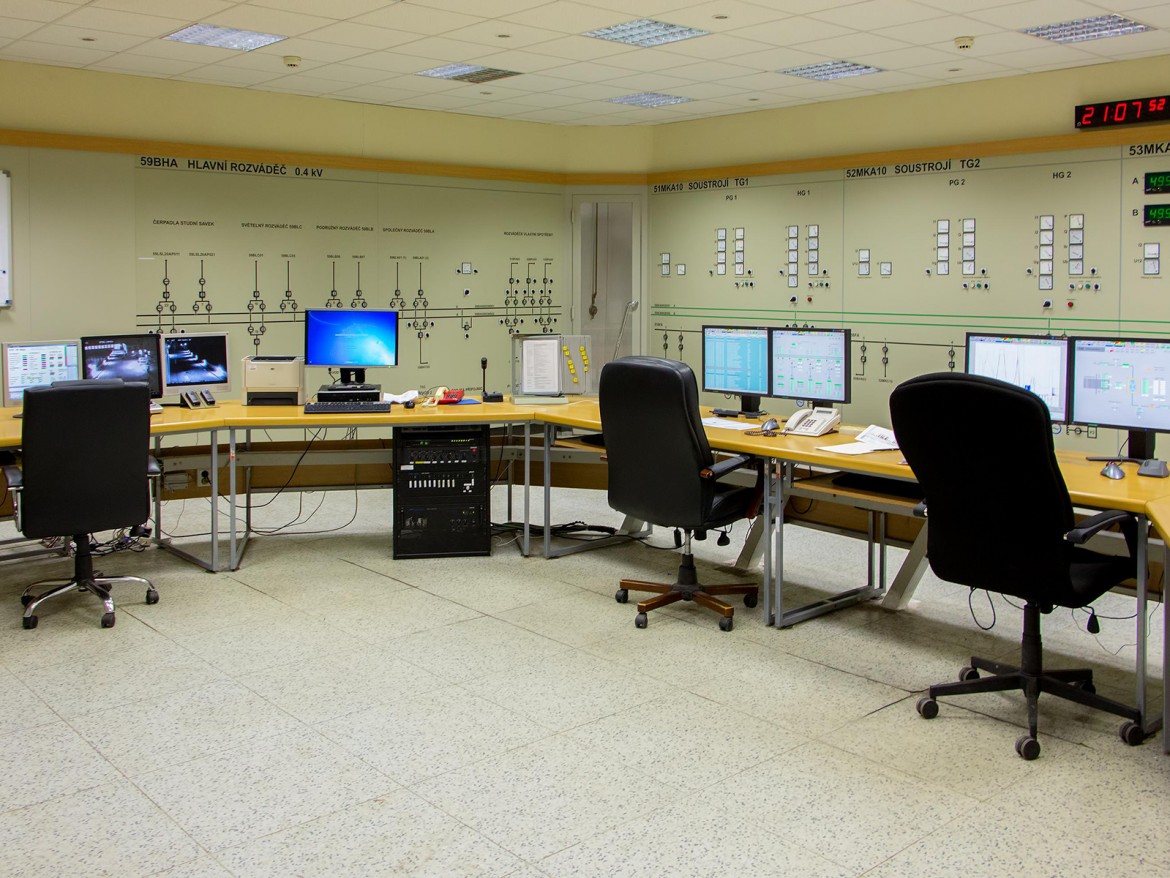
There is only one thing you can do to actually see what is happening within the organization. It is important to be able to rise above the day to day activities and see a broader perspective of what is happening now and what has happened in the recent past. The method for this type of monitoring and review is quite simply, charting and graphing data. Many companies run the gamut of little or no charting being done to massive loads of charts at details few really care about and many others become desensitized to anything the chart is revealing. Charts can be very informative when done right and at the right time. Paramount to this is having good data to begin with. Charts can be very wasteful when done wrong and produced at the wrong times. It is easy to produce so many charts on lots of data, which it actually becomes counteractive and de-focusing on real opportunities which exist. The greater amount of charts being produced can result in a higher risk of not paying attention to the real story being told. Charts will basically split your attention to potential opportunities thus making a group less focused on any one particular operation.
The first step in charting and monitoring a process or service operation, is to determine what is really important at the current time within the organization. It is easy to simply chart anything and everything in hopes of finding an opportunity or heading off a problem. Leaders who step into the charting arena with this mindset, become frustrated very quickly as too many opportunities seem to arise with no possible way of achieving success on every front. It is advisable to start with the area having the easiest and greatest impact to the organization. This may not be the obvious place to start, but consider staying basic first and moving on from there. For service organizations, this may be simply tracking paid hours verses billable hours. Another obvious and potentially somewhat easy target might even be materials removed from inventory verses materials billed to a job. These two areas can reveal basic management processes leading to an increase in income potential. For a production type of organization, simply monitoring operating efficiencies can yield potential opportunities either in Quality, Asset effectiveness, or total line output. Each one of these will direct operations to improvement opportunities and can potentially directly affect the bottom line.
Once a chart reveals an opportunity, more formal processes can be applied to determine why the gap, shortfall, or undesired discrepancy exists. Once the process or activity being monitored is deemed in control, the frequency of monitoring can be adjusted, refined, or replaced with something either more detailed, in-depth, or more pertinent for future improvement. Once data is monitored and charted, and the trend starts to develop, there becomes a point to determining what an acceptable verses unacceptable limit is. Without upper and lower control limits, charting becomes nothing more and simply looking at a pretty picture with no activity and virtually of waste of time. Every chart produced must be reviewed and discussed for its content and results. Activities, discussions, and actions must be taken for negative results or undesirable trends. If you are producing charts that routinely have negative variances, and nothing is initiated or reviewed against the results, there is no reason to keep charting. On the other side, if there is an overreaction to every down turn in a charts’ result, you could end up simply chasing your proverbial tail. The key is to fully understand what is being charted, and what causes both positive and negative results.
The goal is to first determine the trend of what is being monitored. Secondly you can determine the impact to the organization both from a process perspective and a cost. Too many charts with little to no activity against them, creates the situation that no activity is OK. Fully understand the story a chart is telling and what activities need to be addressed to change its course if it begins to trend negatively. Flat line charts where no variances exist over long periods of time create desensitization. These situations probably warrant an expansion in the frequency of monitoring and a more focused point for future charting. Keep your charts up to date. The charting detail is only as good as the data feeding it. If the data is sketchy, the chart becomes somewhat unreliable. Review all charting on the frequency it is being produced. Define the required action for results ahead of producing the chart, and take that action seriously. Stay on top of the process or service level, and the organization will grow and improve. This type of improvement can yield lower costs and increased profit margins. It can also facilitate getting the workforce involved in improvement solutions. If you’re unsure where to start, ask for help from the outside to get started. The cost can be minimal and pay for itself very quickly.
O.M.E.M., LLC – Helping Businesses Improve
Stay Well
Scott B.
0 Comments
Leave a reply
You must be logged in to post a comment.


